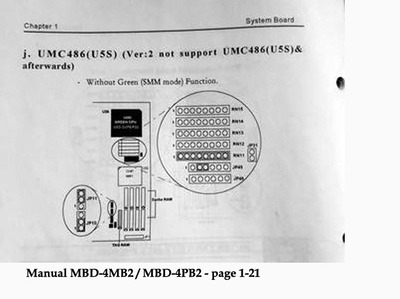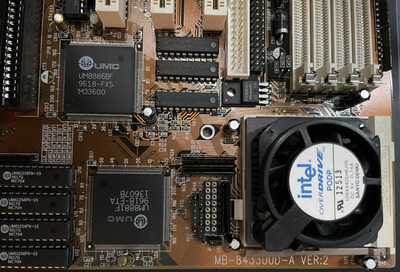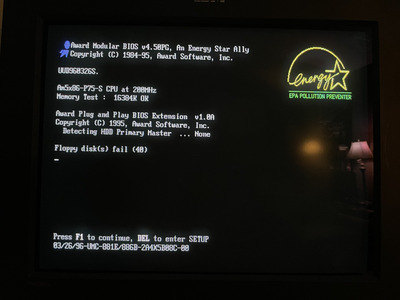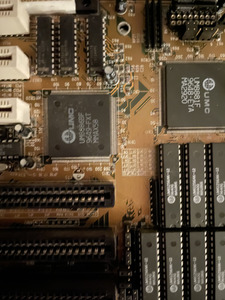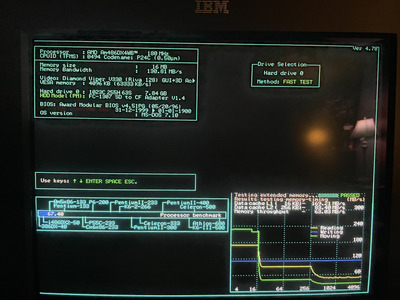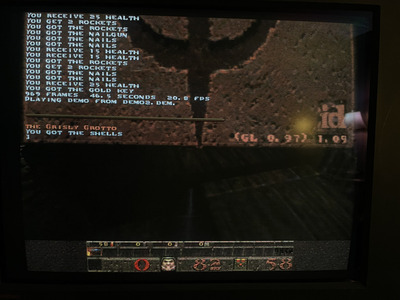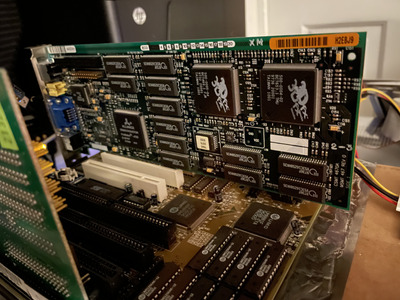Reply 120 of 204, by appiah4
- Rank
- l33t++
Nemo1985 wrote on 2021-04-17, 10:51:appiah4 wrote on 2021-04-17, 07:24:Nemo1985 wrote on 2021-04-16, 21:46:My motherboard is just like yours, just a bit older (95 date code), do you have a umc cpu to try by any chance?
I have a UMC U5S-33, do you want me to try it? I don't see why it wouldn't run, UH19 has an MTL jumper setting document with U5S listed there, have you tried these?
http://www.win3x.org/uh19/public/motherboard/ … anual/33492.pdf
On my motherboard it works fine, but according to the pdf made from Feipoa (which is better than common manual) says: RN11 is always open on MB-8433UUD versions 2 & 3. RN11 needs to be closed for U5S and U5SX.
And in fact it is open on our rev but still on mine mb works fine.
What feipoa’s manual states is in accord with the MTL manual I linked above and even if it were not I would trust his word on that regardless.
Retronautics: A digital gallery of my retro computers, hardware and projects.
